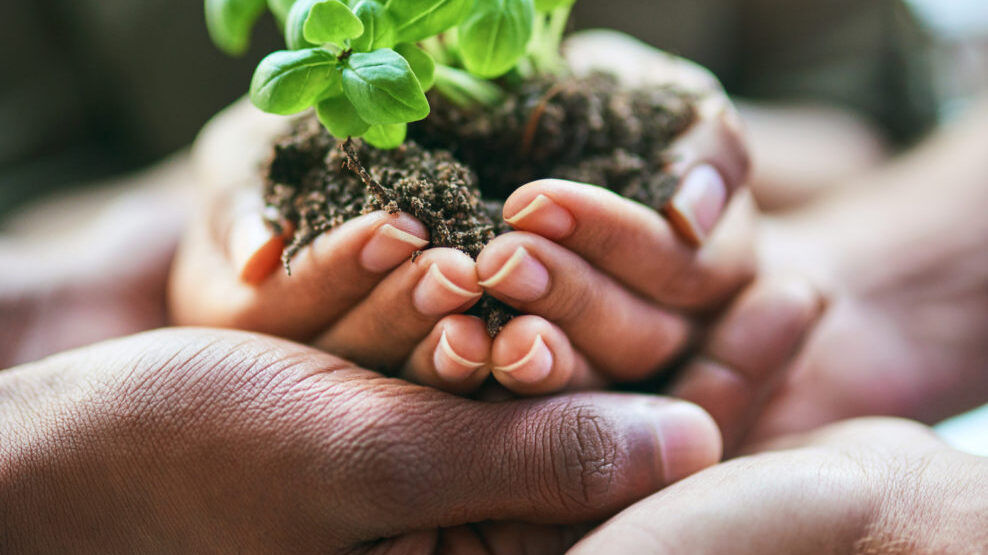Co-authored by Natalie Shafer, senior vice president, FoodMinds, a division of Padilla.
This year’s Sustainable Brands Conference in Vancouver, B.C., centered on “Redesigning the Good Life” with brands, organizations, commodity groups and associations focusing on how to best align their company missions and CSR visions with ever-changing consumer values and create meaningful and positive social and environmental impact within the communities they serve.
The action-packed conference featured more than 3,000 participants representing 30 countries, 300 expert speakers and 100 companies and sponsors who were actively engaged in efforts to evolve and create meaning in their contributions to the “The Good Life.”
Below are six of our team member takeaways from the conference:
- It’s All About the Net-Positive
More and more, the expectation is that it’s not enough to do well as a business or organization. Brands must do well and good. Measurable, positive impact must be demonstrated to leave the world a bit better than brands found it. For example, Timberland champions an agro-forestry program in Haiti, where deforestation rates are among the highest in the world.
More and more, the expectation is that it’s not enough to do well as a business or organization. Brands must do well and good.Click To TweetTimberland has planted five million trees in the country, but that’s just the start. The program has grown to include a “thriving cooperative with 3,200 Haitian farmer members,” resulting in ongoing positive economic impact in local communities and a self-sustaining model that can be replicated in other countries.
- Plastic vs. the Planet
All Sustainable Brands attendees were asked to bring their own reusable coffee mugs and water bottles. This set the tone for the rest of the conference, as the plastics crisis was front-and-center. Just as attendees were encouraged to reduce single-use plastics in their daily life, brands can take the same incremental steps for significant impact. For example, National Geographic magazine subscribers in the U.S., U.K. and India will now receive their issues wrapped in paper, not plastic, starting in June. This means a savings of more than 2.5 million single-use plastic bags every single month. (National Geographic)
- Social Equity and Inclusion
Companies and organizations were encouraged to look for ways to cast the widest net possible to assure all audiences – regardless of race, gender or socioeconomic status – may benefit from sustainability efforts. This means developing strategies and activations that ensure accessibility, affordability and relevancy. For example, recognizing that exploring the great outdoors has historically been portrayed as a “male pursuit,” REI’s Force of Nature campaign seeks to make the “largest level playing field on earth.” REI is putting women front-and-center in nature through nationwide outdoor experiences and campaign activations.
- With Millennials: Pass the Mic
Millennials expect and demand brands and organizations they support to be bold in listening and in taking action. Brands such as Jackson Family Wines, Caesars Entertainment and Levi’s crowdsourced social action ideas from millennials and championed their perspectives on issues such as gender equality, workforce sustainability and racial justice. They took action in a way that resonated with their core audiences and brand missions.
- Humanity Needs a Design Manifesto
In the course of reading this article, did you check your Twitter feed or Facebook messages? Technology advancements have contributed massive societal benefits, but it’s increasingly clear that tech is approaching a tipping point. Presenters, including a former design ethicist at Google, suggested that rapidly evolving technologies – and the brands that rely on them – have a choice: to tap into invisible “vulnerabilities” via technology (e.g., the need to constantly refresh your newsfeed), or to “embrace humane design principles, business models and practices” that empower consumers.
One example they highlighted was Yondr, which encourages users to live in the present – rather than telling all their online friends about what they’re up to in real-time. Entertainers like Donald Glover have used Yondr at their concerts to ensure phone-free spaces, and ideally, more memorable experiences.
- It Takes a Village to Make a Sustainable World
No one sector or industry acting alone can yield the global impact we need for a more sustainable future. It takes all sectors of society working collaboratively and consciously, and we all have an essential role to play in this effort.
Every day, we are faced with countless opportunities to take steps – both small and large – to make our planet one that thrives for future generations. What step are you taking today?
For more insights on communication and brand strategy, industry trends and more, subscribe today to the Weekly Buzz here.
